Resiliency Planning
The Office of Sustainability completed Georgia Tech’s first climate vulnerability assessment in 2023 as a part of the Living Campus Initiative. See the preliminary vulnerability assessment results below. The full assessment will be published in late Spring 2024.
A Resiliency Plan that addresses the vulnerabilities in the assessment is in process and expected to be complete by the end of 2024.
Preliminary Findings
The research team divided into groups, each addressing a particular hazard. This table shows Georgia Tech’s vulnerability to each hazard, divided across eight parts of campus and institute operations.
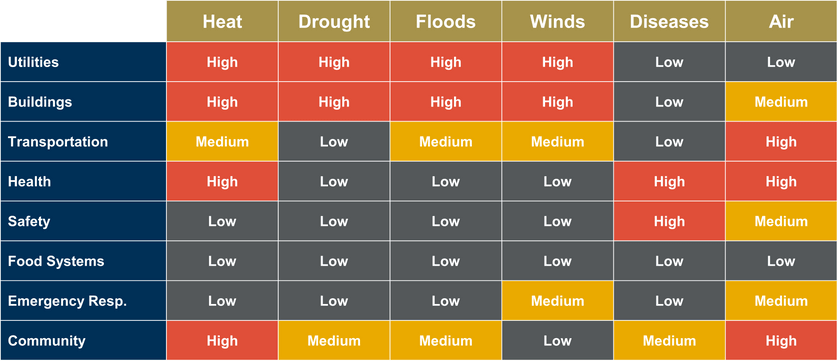
Explore the Vulnerabilities
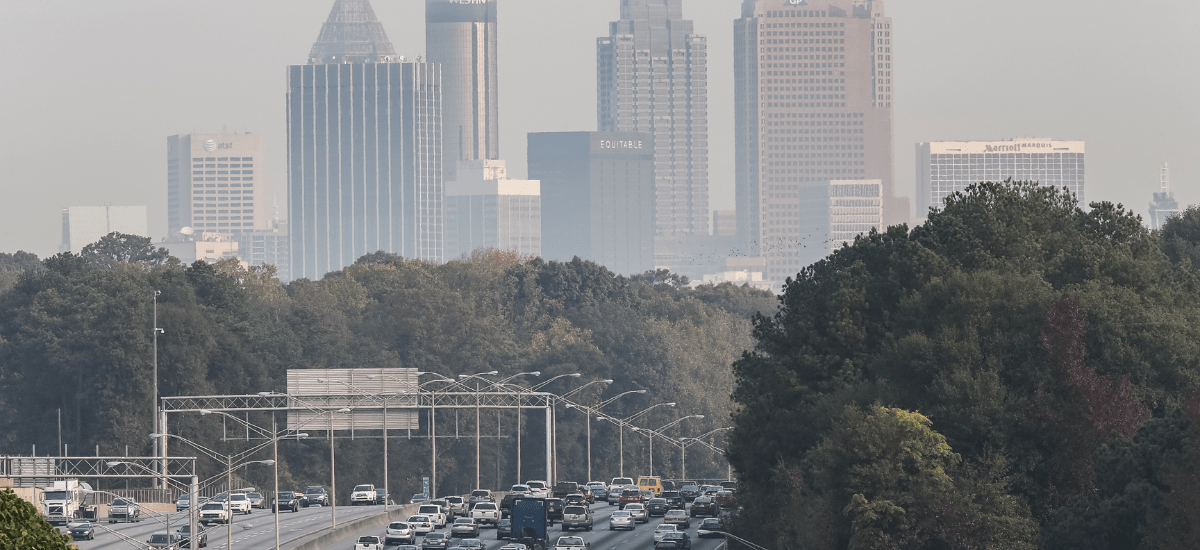

Air Quality
Preliminary Findings
Georgia Tech can adapt to this hazard in the next 5 to 10 years by:
- Investing in air quality sensors and integrating an emergency response system to notify the GT community during poor air quality conditions to significantly enhance the university’s ability to address health advisories.
- Adapting precautionary procedures to address extremely poor air quality conditions, which may involve implementing measures such as transitioning to remote learning or virtual classrooms.
- Implementation of zero emissions strategies on campus.
Flooding
Preliminary Findings
Georgia Tech can adapt to this hazard in the next 5 to 10 years by:
-
Implementation of Green Infrastructure throughout campus.
-
Completion of EcoCommons 2.0
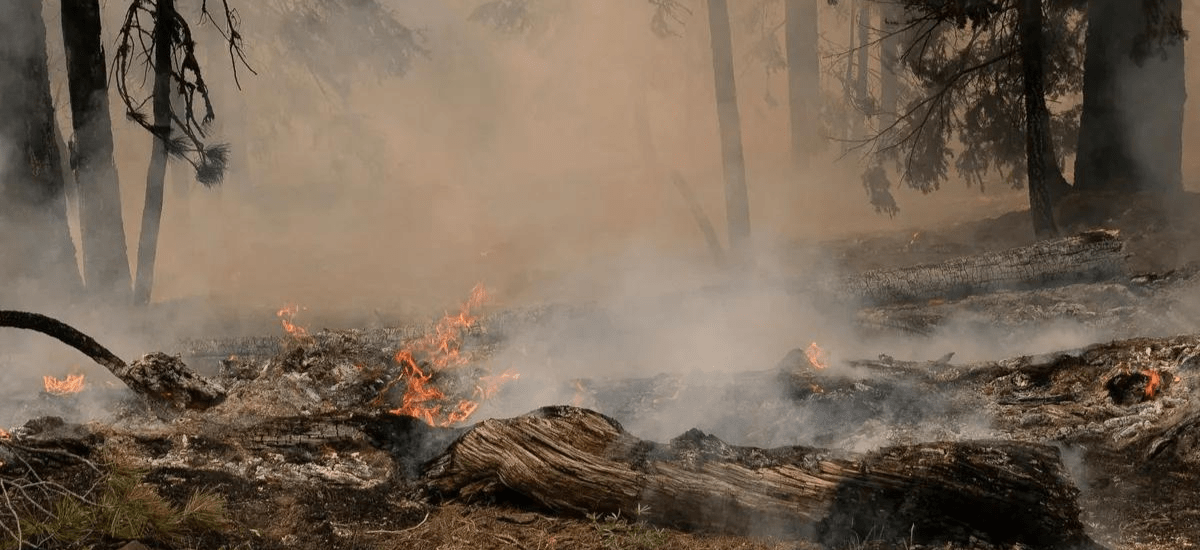

Extreme Heat
Preliminary Findings
Georgia Tech can adapt to this hazard in the next 5 to 10 years by:
-
Adopting a heat protection policy for outdoor workers
-
Installing heat pumps that can be run with renewable electricity for cooling buildings for all buildings on campus
Drought
Preliminary Findings
Georgia Tech can adapt to this hazard in the next 5 to 10 years by:
-
Increasing tree cover and vegetation to provide shade and sequester water
-
Creating more water management systems to convert rainwater to drinking water
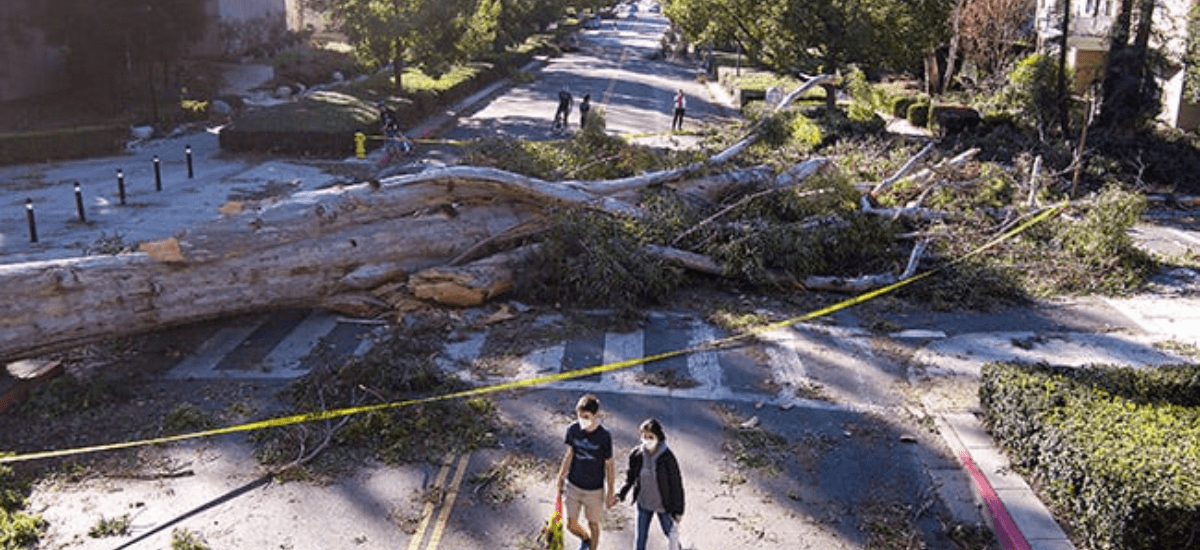
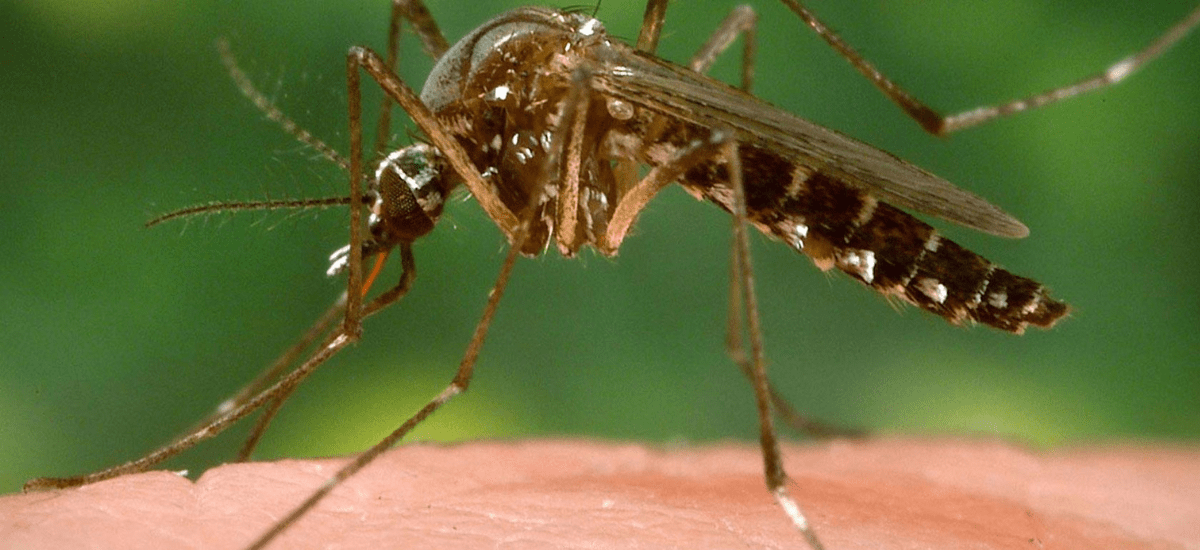
High Wind Events
Preliminary Findings
Georgia Tech can adapt to this hazard in the next 5 to 10 years by:
-
Performing wind vulnerability assessments on all campus buildings
-
Considering applying stricter-than-required wind resistance standards for new construction
Vector-Borne Disease
Preliminary Findings
Georgia Tech can adapt to this hazard in the next 5 to 10 years by:
-
Proactively addressing possible sources of standing water
-
Continuously improving responsive campus health resources
Thank you to Dr. Jairo Garcia and his graduate-level class for their work on the vulnerability assessment.
